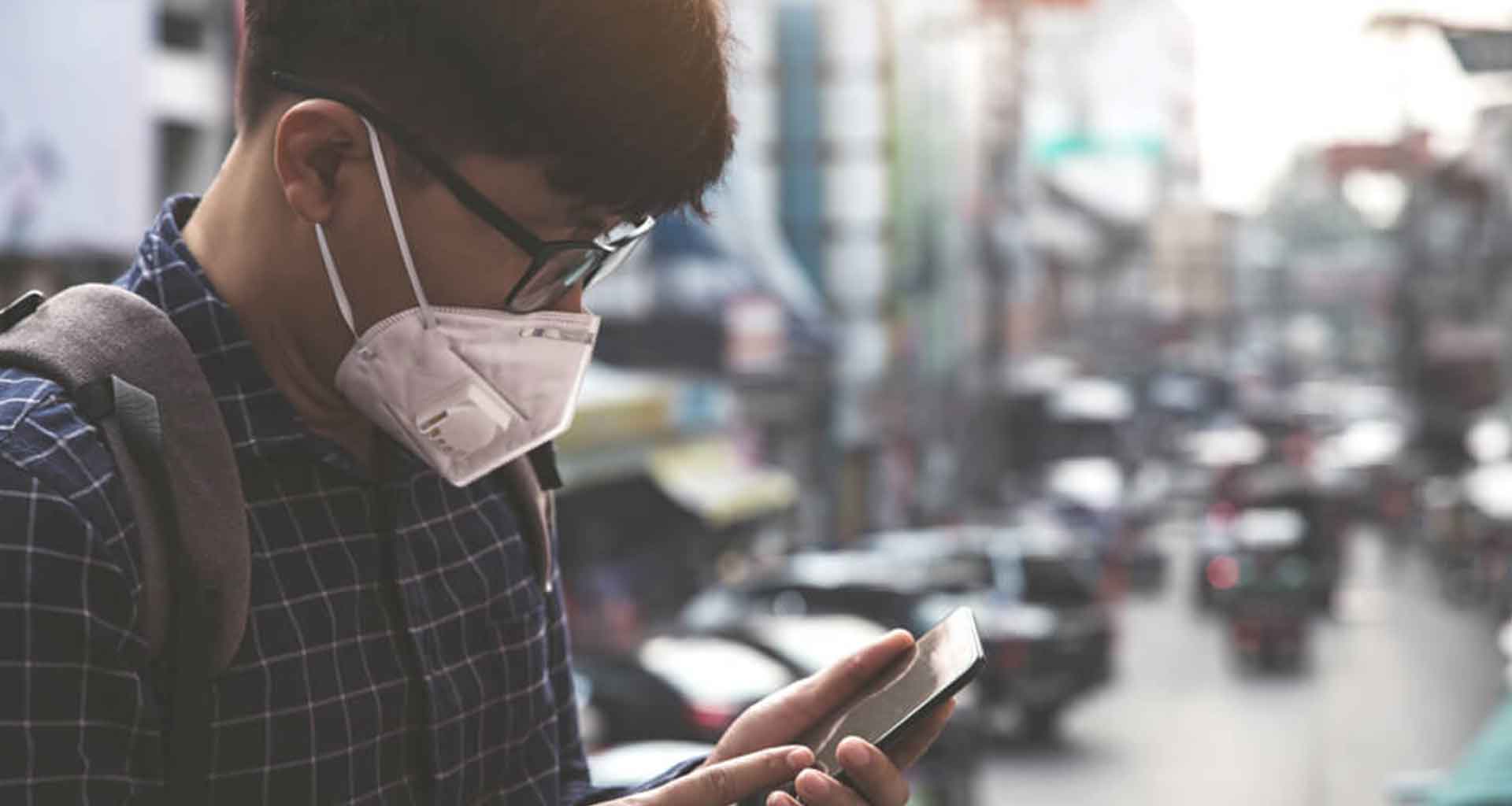Contents
To reduce the impact of crises such as the current COVID-19 pandemic, leading companies are adopting innovative remote visual assistance methods to address the safety concerns of their employees and customers. Organizations will often request that staff work from home in order to minimize physical contact and as a result of limited transportation. In light of the coronavirus outbreak, these safety protocols have led the likes of Microsoft, Twitter and Amazon – among many others – to encourage workers to work remotely. As the crisis develops, more companies are likely to follow suit.
Keeping Safe with Remote Video Technology Support
Video is emerging as an essential technology that makes it possible for companies to conduct business as usual during crisis events when physical proximity is strongly discouraged or impossible. Corporate executives can hold virtual board meetings, professors can teach classes via webcast, medical specialists can examine patients via live video streams, customer service reps can provide visual remote assistance to fix appliances, and insurance agents can meet with clients online.
At the Contact Center Level
With Visual Assistance, an agent is able to see a customer’s physical environment through their smart device, and visually guide them to issue resolution using Augmented Reality (AR) annotations on their mobile screen.
If the customer is calling about a software problem, the agent can assist via remote sharing of the application or the customer’s desktop. If the customer is trying to set up a new device, the agent can help them with hardware assembly and installation, cabling, connectivity and configuration issues, and syncing the device with an app. The agent can then verify that the customer has followed the visual steps correctly and that the problem has been resolved successfully, at the first time of asking.
Visual Assistance helps contact centers by:
- reducing technician dispatch rates by enabling customers to resolve more issues by themselves;
- allowing companies to continue delivering effective customer service when technician visits are not feasible or safe due to epidemics like the coronavirus.
At the Field Service Level
Field service organizations rely heavily on highly specialized human resources. In times of crisis when travel is discouraged and experts cannot easily make site visits, technicians are able to solve issues using video collaboration tools such as Visual Assistance. By consulting with a remote expert via a live stream, less experienced employees can benefit from AR-based visual guidance, assisting them in troubleshooting issues. This enables companies to reduce risk, cutting both machine downtime and Total Time to Resolution in the process.
This groundbreaking technology delivers clear cost savings and reduces the need for experts to travel by extending their reach. Now, medical technicians in high-risk areas can receive support from experts via remote assistance and the onboarding of emergency infrastructure staff can be streamlined.
Using Remote Support to Maximize Efficiency and Safety During the COVID-19 Pandemic
The current emergency – like previous public health crises including H5N1, MERS and SARS – has demonstrated how staff can continue working as usual and provide much-needed remote assistance to customers using a range of visual technologies. In the field service industry, video assistance reduces the need for specialist site visits as experts solve more issues remotely, and ensure the safety of customers and key personnel alike.







